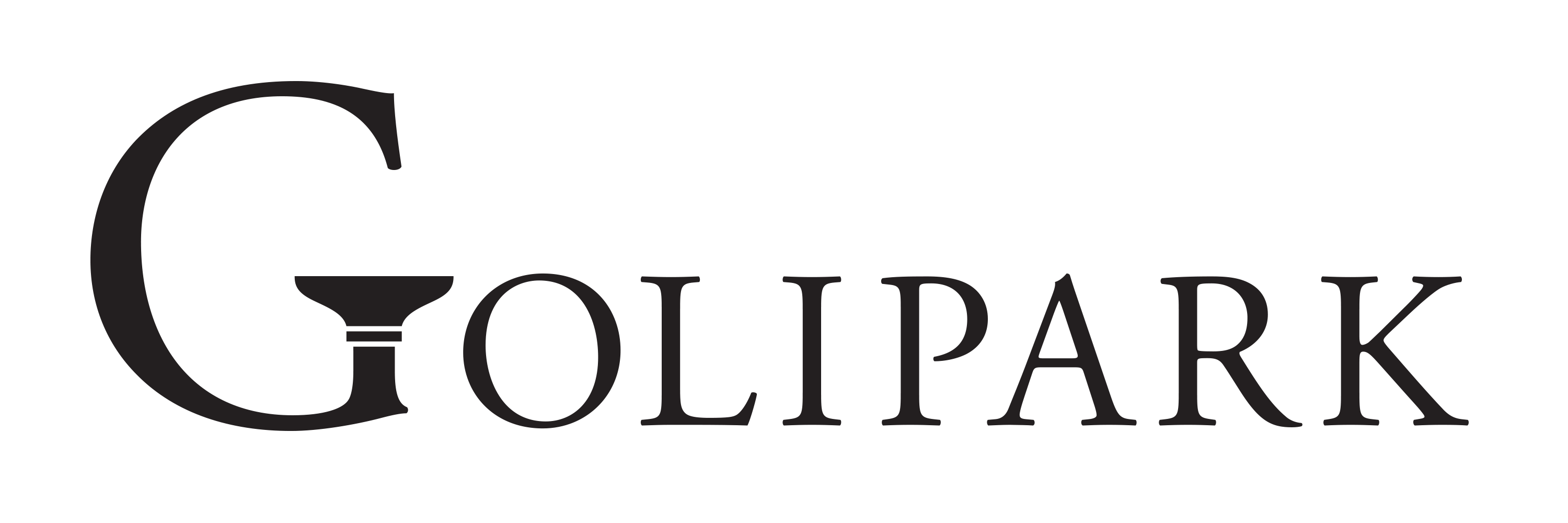The textile merchant Ferenc Goldberger founded his textile painting factory in 1785 in Lajos street, in central Old Buda. The factory was built among 18th century houses and during its 200 years of operation earned significant international recognition. Of the small family workshop it has grown to one of the country’s biggest textile factories.
The Goldberger family supported the cause of the Hungarian Revolution and War of Independence of 1848-49 with a generous donation. Following the fall of the Independence War their goods were confiscated and they had to pay a huge compensation. In 1857 King Franz Joseph visited the factory and declared that he had forgiven the company for their deeds during the fights. In 1867 nobility was granted to the family and they were given the Buday name.
During the 20th century Leó Goldberger Buday significantly contributed to the modernisation of the Hungarian textile industry. The Director and CEO of the Goldberger Factory was also the head of the Hungarian Industrial Association, head of the National Association of Textile Manufacturers, board member of the Hungarian Foreign Trade Institute, counselor of the Central Bank and member of the House of Lords. In 1944 the Gestapo arrested him and he died in concentration camp. The factory was nationalized after WW2 and eventually, in 1992, following the collapse of the Soviet markets, it went bankrupt and was closed down.
The rehabilitation of the estate started in November 1998. As a result of huge private investments life slowly returned to the desolate site. Owing to the visionary concept and hard work of Dr. Róbert Pátkai, Golipark has developed into one of the most beautiful office blocks in Old Buda.
The lofts and multifunctional offices of Golipark are nowadays mostly used by companies working in the areas of applied arts and creative industries.








